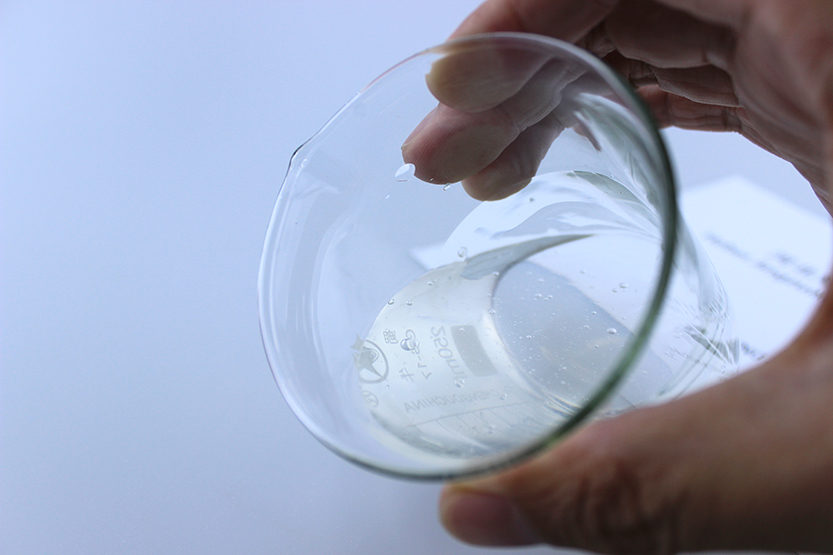
Nov . 06, 2024 21:02 Back to list
Understanding the Thickening Mechanism of Hydroxyethyl Cellulose in Various Applications
The Thickening Mechanism of Hydroxyethyl Cellulose
Hydroxyethyl cellulose (HEC) is a widely used thickening agent derived from cellulose, a natural polymer found in plant cell walls. It is commonly utilized in various industries, including pharmaceuticals, cosmetics, and food production, owing to its unique properties, which enable it to modify the viscosity and mouthfeel of a product. Understanding the thickening mechanism of HEC is crucial for optimizing its application and improving product formulation.
Chemical Structure and Properties
HEC is produced by the etherification of cellulose, wherein hydroxyethyl groups are introduced to the cellulose backbone. This modification enhances the solubility of cellulose in water, as the hydroxyethyl groups increase the hydrophilicity of the molecule. HEC is a non-ionic polymer, which means it does not carry a charge, making it compatible with a variety of other ingredients without ionic interactions affecting its performance.
One of the key properties of HEC is its ability to form a viscoelastic solution when dissolved in water. The thickening occurs due to the entanglement of HEC molecules in solution, which impedes the flow of liquid and thereby increases viscosity. The thickening action is a result of both molecular interactions and the hydrodynamic behavior of the HEC chains in solution.
Thickening Mechanism
The primary thickening mechanism of HEC involves the following processes
1. Hydration and Swelling Upon contact with water, HEC molecules hydrate, leading to swelling. This swelling increases the molecular volume of HEC in solution, creating a network that traps water molecules.
hydroxyethyl cellulose thickening mechanism

2. Hydrogen Bonding The hydroxyl groups present in HEC form hydrogen bonds with water molecules, enhancing the intermolecular interactions. This bonding significantly contributes to the viscosity of the solution, as the water molecules are held in place, which increases resistance to shear forces.
3. Molecular Entanglement As the concentration of HEC increases, the molecules begin to entangle with each other. At a certain concentration threshold, this entanglement creates a three-dimensional network structure that hinders the movement of the liquid phase, leading to thickening.
4. Flow Properties The rheological behavior of HEC solutions exhibits shear-thinning properties, meaning that the viscosity decreases under shear stress. This characteristic is particularly beneficial in formulations where easy application is needed, such as in lotions and creams. When the shear force is removed, the viscosity recovers, providing a stable product that remains thick under quiescent conditions.
5. Temperature Dependence The thickening effectiveness of HEC can also be influenced by temperature; higher temperatures can impact the hydration and viscosity of HEC solutions. Understanding this relationship is critical for formulating products that may be subjected to varying environmental conditions.
Applications
Due to its effective thickening properties, HEC is utilized in a variety of products. In the cosmetic industry, it is often found in lotions and gels, providing a desirable texture and aiding in the suspension of solid particles. In pharmaceuticals, HEC is incorporated into topical ointments and drug formulations to enhance viscosity and stability. In the food industry, it serves as a thickener in sauces and dressings, contributing to mouthfeel while maintaining product stability.
Conclusion
The thickening mechanism of hydroxyethyl cellulose is a complex interplay of hydration, swelling, intermolecular interactions, and molecular entanglement. Understanding these mechanisms allows formulators to harness its properties effectively, ensuring optimal performance across diverse applications. As research continues to evolve, HEC remains a versatile and valuable ingredient in various formulations, bolstering its significance across multiple sectors.
-
Unlocking the Benefits of HPMC Products: A Gateway to Versatile Applications
NewsAug.07,2025
-
Unleashing the Potential of HPMC Ashland: A Comprehensive Look
NewsAug.07,2025
-
Tile Bonding Cellulose: The Key to Superior Adhesion and Durability
NewsAug.07,2025
-
Hydroxypropyl Methylcellulose Powder: The Versatile Component in Modern Pharmaceuticals
NewsAug.07,2025
-
Hydroxyethyl Cellulose: The Versatile Solution for Various Industries
NewsAug.07,2025
-
Hydroxyethyl Cellulose (HEC): The Versatile Polymer for Various Applications
NewsAug.07,2025







